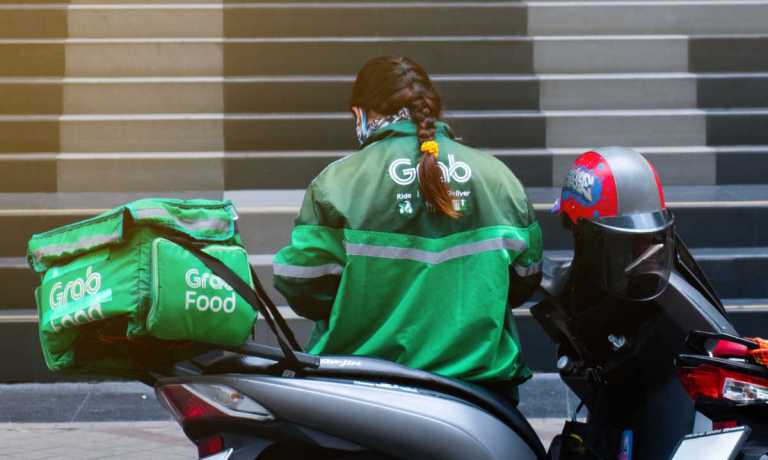
The chief financial officer of Singapore-based super app Grab has begun seeking ways to trim spending as the company works to break even.
As The Wall Street Journal reported Wednesday (Sept. 7), the company — which offers food delivery and ride-hailing services — went public last year but hasn’t yet turned a profit.
Grab has seen its share price fall by around 60% this year as investors shy away from companies like it and turn to sturdier stocks, the report notes.
That’s placed pressure on CFO Peter Oey, who declined to tell the Journal when he thought the company could become profitable, saying only that profitability “is one of the biggest questions that most of my investors have.”
Read more: Grab: Off-Peak Discounts Maintain Food Delivery Demand Amid Inflation
To reach profitability, Oey is examining things like spending on professional fees, real estate, cloud computing and marketing, telling the newspaper that “everything is on the table for us.”
Grab has also scaled back its hiring. The company had 8,834 workers when last year ended. Oey declined to say how much the staffing levels might increase this year.
The company is also looking to increase productivity for its 5 million registered drivers by reducing wait times.
“Every minute that they are idling and waiting is not good,” Oey said, referring especially to food delivery drivers.
PYMNTS reported last month that Grab was trying to maintain demand for its restaurant delivery offerings while also increasing the labor economics by shifting spending to off-hours, incentivizing orders at slow periods with discounts.
CEO and Co-founder Anthony Tan said during a discussion of Grab’s second-quarter earnings that the company has “introduced differentiated delivery time windows,” offering customers a “cheaper delivery fee” at off-peak times. Still, Grab has observed that demand for food delivery has fallen and expects the same in the following quarter.
Grab says it has also seen success with the increasingly popular subscription model, fueling customer loyalty by offering free delivery for a set monthly fee. Tan said the average number of food transactions from Grab subscribers was “more than double” the average for their non-subscriber counterparts.